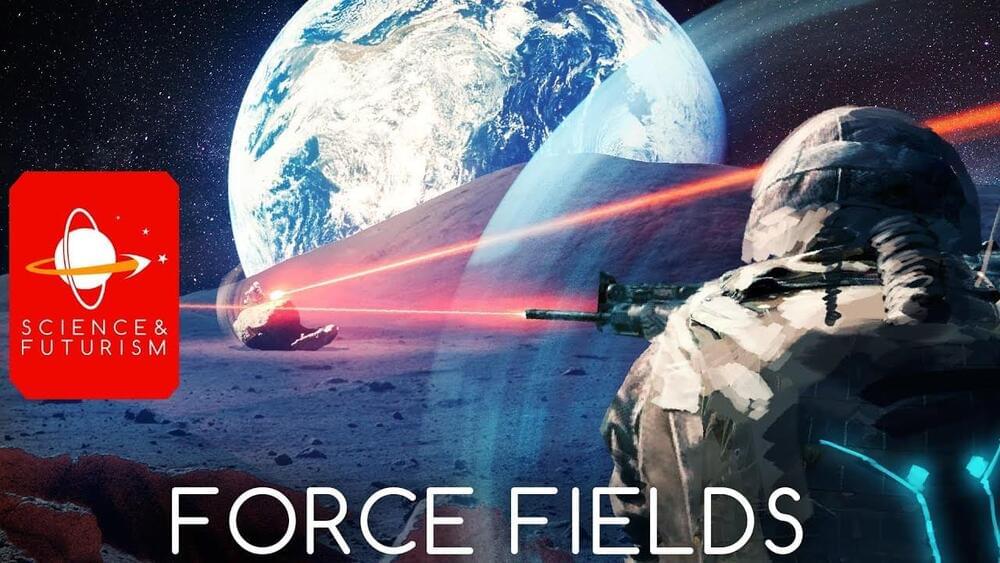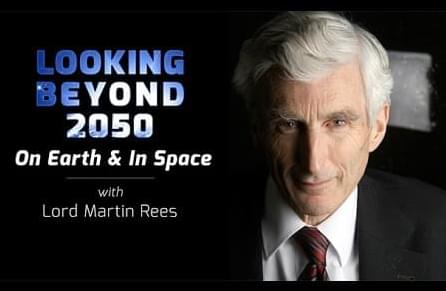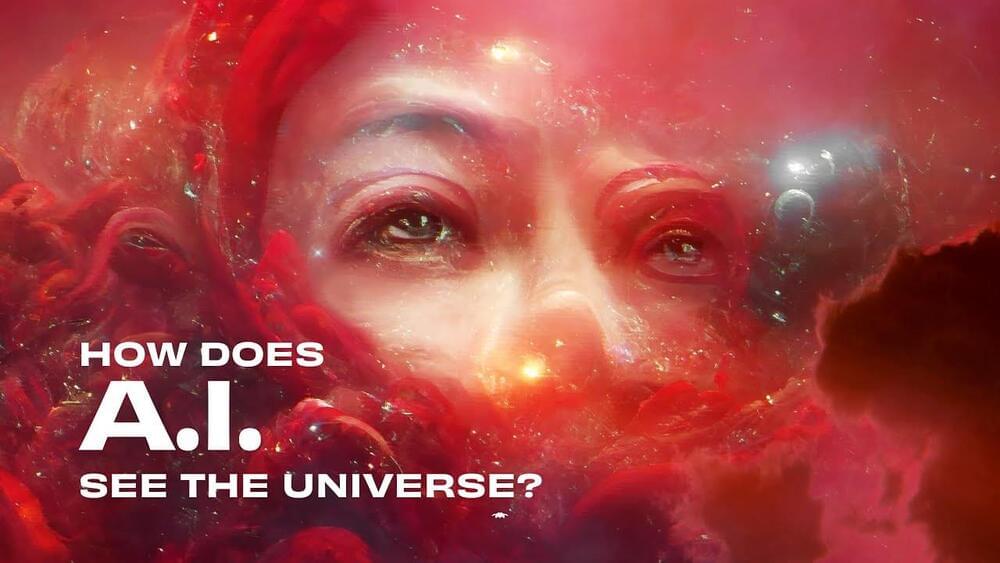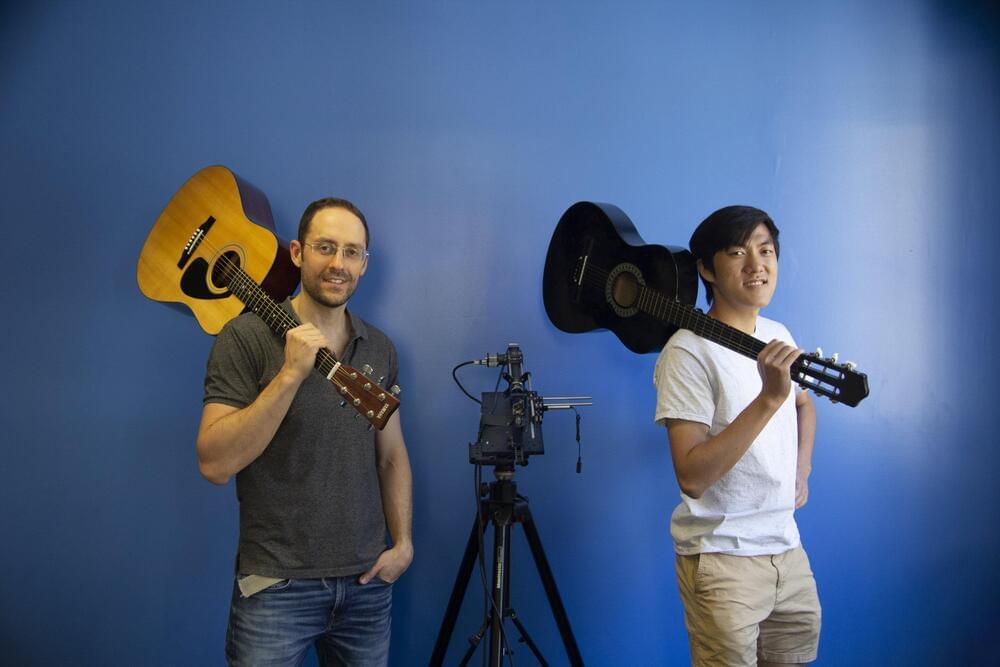Jul 14, 2022
Vincent Van Gogh: Hidden self-portrait discovered by X-ray
Posted by Shubham Ghosh Roy in category: media & arts
The work was discovered on the back of another of the artist’s paintings in a Scottish gallery.
The work was discovered on the back of another of the artist’s paintings in a Scottish gallery.
Mr. Shadow is a song composed with Artificial Intelligence. It was created by Flow Machines, a technology that learns different music styles and then makes up its own songs based on what it’s been fed. Although the voice in the song sounds peculiar at times, I could have easily been fooled into thinking a person made this song. You can download Flow Machines onto your apple device to make your own AI music.

Force fields are a staple of science fiction, but usually regarded as only science fiction, not science fact. Today we’ll examine the notion and see what options we might have inside known science, as well as what alternatives might achieve similar effects.
See Hydrodynamic levitation at Cody’s Lab:

Cosmologist, noted author, Astronomer Royal and recipient of the 2015 Nierenberg Prize for Science in the Public Interest Lord Martin Rees delivers a thought-provoking and insightful perspective on the challenges humanity faces in the future beyond 2050. [3/2016] [Show ID: 30476]
Frontiers of Knowledge.
(https://www.uctv.tv/frontiers-of-knowledge)
Continue reading “Looking Beyond 2050 — On Earth and in Space with Lord Martin Rees” »

What happens when machines begin to question their origins?
In this short film created with generative art, we explore how artificial intelligence sees the universe, its creators, and its potential futures. I believe the emergence of artistic A.I. has touched off a new era for art that could be as profound as the first cave paintings, 50,000 years ago. If these artistic capabilities are possible after only a few decades of A.I., research, what will the next 50,000 years hold? What will we become?
Continue reading “BINARY DREAMS: How A.I. Sees the Universe” »
A new kind of NTLM relay attack dubbed DFSCoerce has been uncovered that could let attackers takeover a Windows domain.
A camera system developed by Carnegie Mellon University researchers can see sound vibrations with such precision and detail that it can reconstruct the music of a single instrument in a band or orchestra.

A camera system developed by Carnegie Mellon University researchers can see sound vibrations with such precision and detail that it can reconstruct the music of a single instrument in a band or orchestra.
Even the most high-powered and directed microphones can’t eliminate nearby sounds, ambient noise and the effect of acoustics when they capture audio. The novel system developed in the School of Computer Science’s Robotics Institute (RI) uses two cameras and a laser to sense high-speed, low-amplitude surface vibrations. These vibrations can be used to reconstruct sound, capturing isolated audio without inference or a microphone.
Continue reading “Newly developed optical microphone sees sound like never before” »
Philip Glass to release a short silence on the matter.
The music vault is a parallel project to the Global Seed Vault (opens in new tab), which keeps the seeds of today’s trees and plants safe for the future, just in case we need to rebuild agriculture for any reason. The vault is located on the island of Spitsbergen, Norwegian territory, within the Arctic circle. It lacks tectonic activity, is permanently frozen, is high enough above sea level to stay dry even if the polar caps melt, and even if the worst happens, it won’t thaw out fully for 200 years. Just to be on the safe side, the main vault is built 120m into a sandstone mountain, and its security systems are said to be robust. As of June 2021, the seed vault had conserved 1,081,026 different crop samples.
The music is to be stored in a dedicated vault in the same mountain used by the seed vault. The glass used is an inert material, shaped into platters 75mm (3 inches) across and 2mm (less than 1/8th of an inch) thick. A laser encodes data in the glass by creating layers of three-dimensional nanoscale gratings and deformations. Machine learning algorithms read the data back by decoding images and patterns created as polarized light shines through the glass. The silica glass platters are fully resistant to electromagnetic pulses and the most challenging of environmental conditions. It can be baked, boiled, scoured and flooded without degradation of the data written into the glass. Tests to see if it really does last many thousands of years, however, can be assumed to be ongoing.
Continue reading “Microsoft Lasers Music into Glass for 1000 Years of Storage” »
Can an A.I. think and feel? It seems like the answer is always no, but to two Google engineers think this isn’t the case. Join me as we look at the wild story of Google LaMDA and the engineer who thinks the AI system has come to life.
» PODCAST:
https://www.youtube.com/channel/UC6jKUaNXSnuW52CxexLcOJg.
Continue reading “Did Google’s A.I. Just Become Sentient? Two Employees Think So” »

Why the Public Perception of Tesla is TOTALLY wrong:
Shared by Michael Michalchik.
Continue reading “Tesla Fact vs. Fiction: Why the Public Perception is Wrong” »
